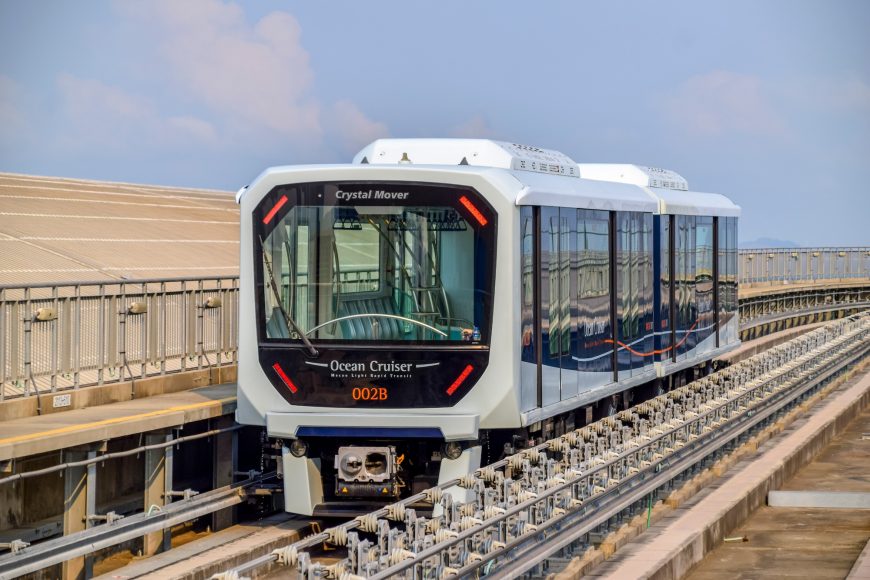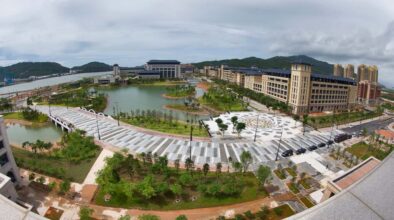Macao’s light rail has come a long way since it was first proposed more than 20 years ago. Back then, zipping around the fast-developing city by tram felt like a pipedream. Then Chief Executive Edmund Ho set the plan into motion in 2002, when he vowed that the government would “solve [Macao’s] urban transport issues … by introducing a brand new mass transit system.”
A year later, his project was making headway: the government had initiated a feasibility study into what constructing a light rail transit (LRT) system would actually entail. But construction didn’t start happening in earnest until 2011.
Fast forward eight more years and Macao’s first electric railway was up and running. The 9.3-kilometre, 11-station, 10.2-billion-pataca Taipa Line, which started carrying passengers in December 2019, stretches from Ocean Station, at the Taipa end of the Sai Van Bridge, to the Taipa Ferry Terminal.
Opening the Taipa Line was a watershed moment for Macao. It offered a glimpse into how this quick, quiet and environmentally friendly form of public transportation could help alleviate the traffic problems plaguing the city. Over the coming years, additional LRT routes will connect Taipa to the Macao peninsula, Coloane and Hengqin – reducing people’s reliance on often-gas-guzzling cars and buses.
Lines currently under construction
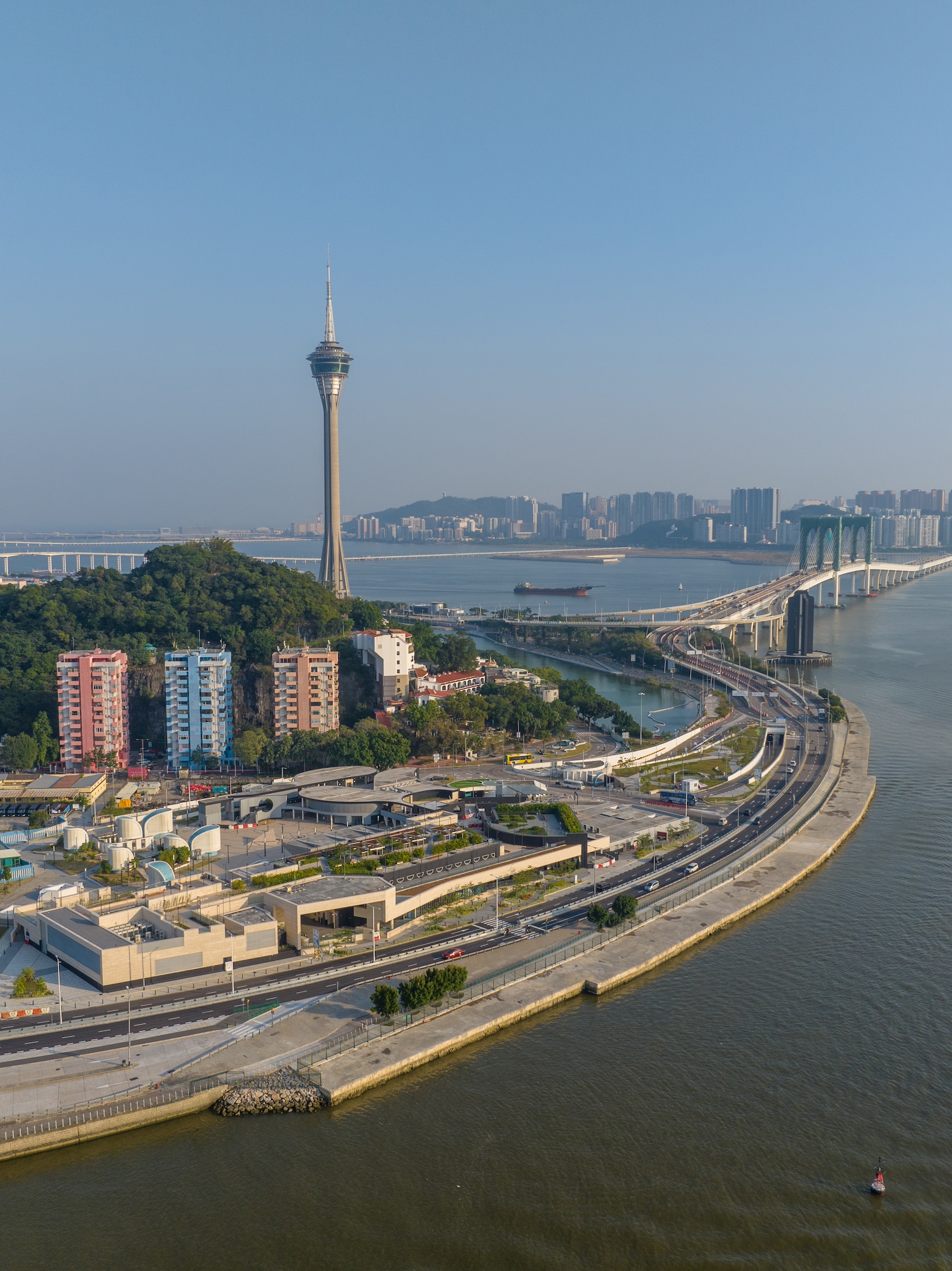
Three new lines are currently under construction: the Seac Pai Van Line, the Hengqin Line and the East Line. The Taipa-Barra extension became operational on 8 December. As the name suggests, it’s a 3.4-kilometre line that will run from Ocean Station to Macao Peninsula’s newly built Barra Station via the enclosed lower deck of the Sai Van Bridge.
Work on the 1.18-billion-pataca extension venture began in August 2018. It should have been finished by March 2023, but the pandemic and poor weather led to delays.
A shorter offshoot in Cotai, the Seac Pai Van Line, is also nearing completion. This 1.6-kilometre-long stretch boasts just two stations, Seac Pai Van and Island Hospital. The latter, handy to the new Islands District Medical Complex, is being built to connect with the original Taipa Line. The Seac Pai Van Line is a 939-million-pataca project that started in September 2021 and is scheduled for completion by February 2024.
The 2.2-kilometre Hengqin Line, which also has just two stations, is a considerably more expensive venture at 3.46 billion patacas. It starts with the HE1 station, linking up with the Taipa Line’s Lotus Station. Then, the Hengqin Line heads along a viaduct that gives way to an underwater tunnel. This gets it across the Shizimen waterway, which separates Macao from the mainland. The line should be ready for passengers by November 2024.
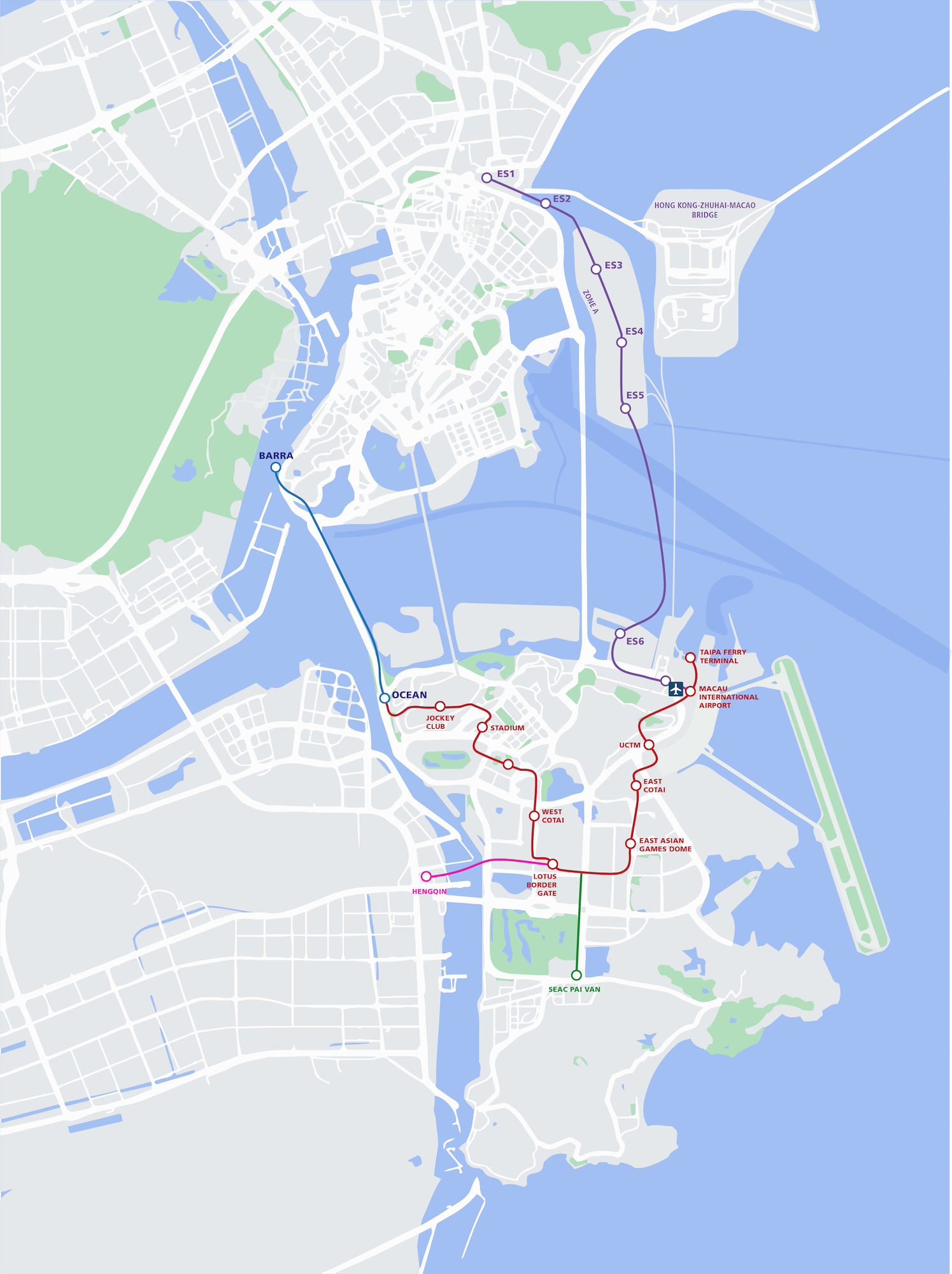
By far the most ambitious of Macao’s upcoming LRT routes is the 7.7-kilometre East Line. It’s been split into ‘north’ and ‘south’ segments for construction purposes. When it opens, tourists and locals will be able to travel all the way from the Border Gate (Macao’s gateway to Zhuhai, on the northern-most border with the mainland) to Taipa by rail, entirely underground. All going to plan, the East Line will be up and running in 2028.
The 2.9-kilometre northern part consists of three underground and cost 4.47 billion patacas.
The longer southern segment meets its northern counterpart at Station ES4 in New Urban Zone A, a 1.4-square-kilometre piece of reclaimed land in northeast Macao that’s reserved for urban development, and makes its way south to the Taipa Ferry Terminal (where it intersects with the Taipa Line) via a series of tunnels – all serious feats of engineering.
The East Line’s opening will be a momentous day for public transportation in Macao. Twenty percent of the city’s population are concentrated in the northeastern districts of Iao Hon and Areia Preta, near the Border Gate, where there is high demand for more efficient public transport. The East Line will also help to meet the future transportation needs of 100,000 or so residents expected to occupy New Urban Zone A – when it’s completed in 2026.
Will there be a West Line?
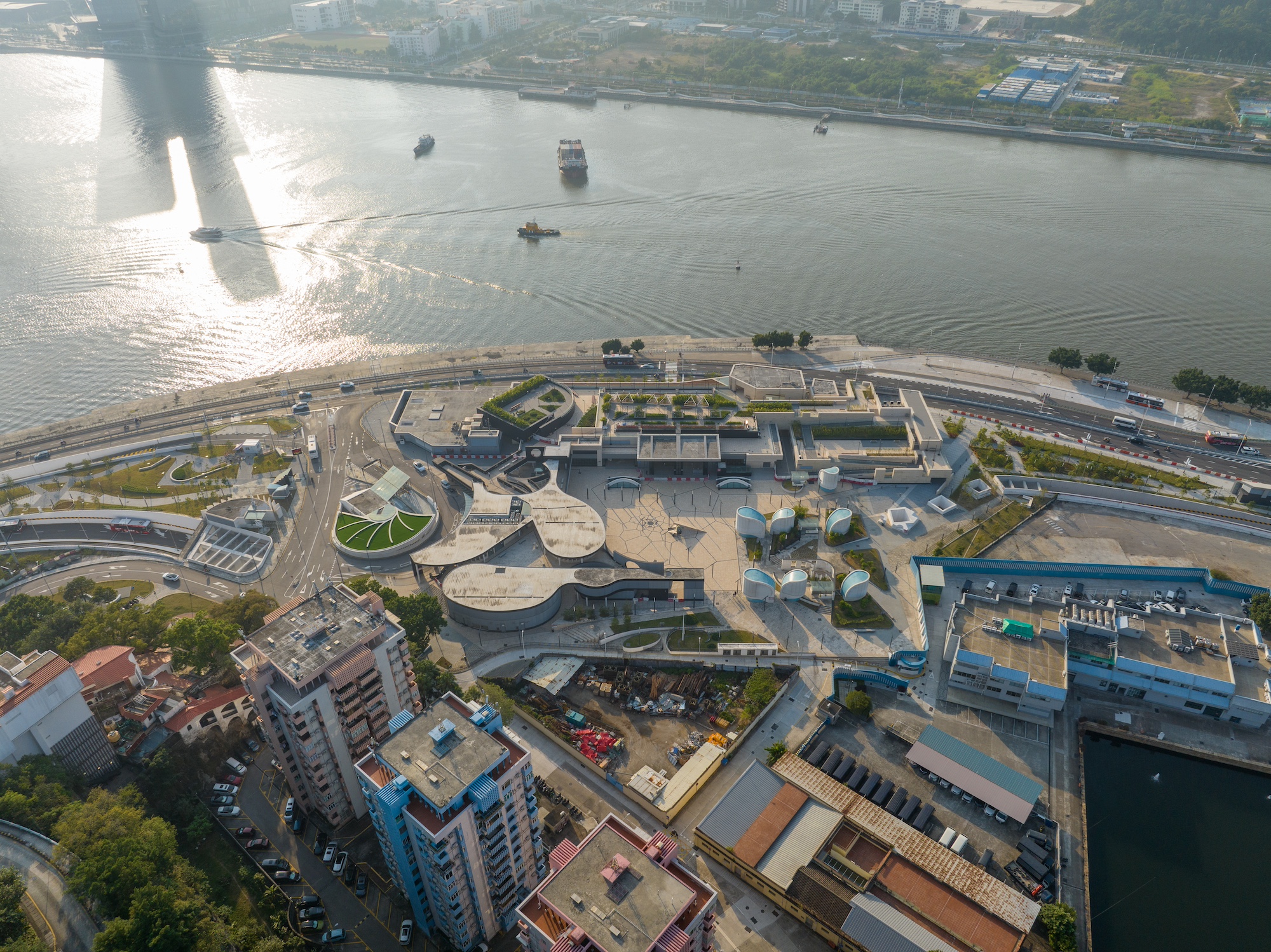
The idea of a West Line, connecting Barra Station to the Border Gate, has been floated as well. In its 2021-2030 land transportation master plan, the Transport Bureau suggested that an extra 6-kilometre LRT line would be of use to about 250,000 people. It did not go so far as suggesting an exact route. The government is still studying the feasibility of this proposed line.
Even if Macao’s LRT system rounds off with just four lines, it will have gone a long way towards fulfilling the government’s promise. The Taipa Line alone has made getting around much easier: visitors, for example, can now travel from their hotels on the Cotai Strip to the tourism mecca of Rua do Cunha, in the heart of Old Taipa, without having to stress over traffic. The process is as simple as strolling to the Cotai East or West Stations, waiting for a train (which appear every 5 to 10 minutes) then hopping off at Pai Kok Station for the pleasant walk to Taipa Village.
The future of public transport in Macao lies firmly with the LRT. When the Taipa-Barra extension and Seac Pai Van Line kick in, very soon, there’ll be a seamless travel option between the Macao Peninsula, Taipa and the Islands District Medical Complex. Eventually, the city’s 24 kilometres of light rail (at a total cost of around 25 billion patacas) will conveniently connect Macao’s far-flung districts – plus Hengqin – in a way that’s never been experienced before.
